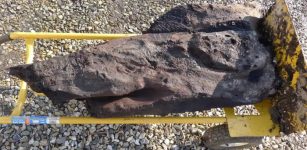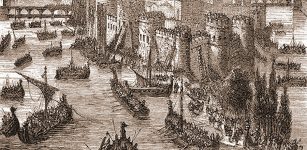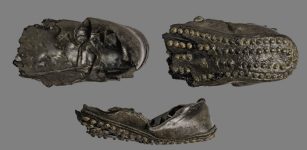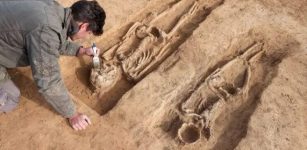Uncovering 16th Century Scottish Royal Dockyards Used By King James IV’s Navy
AncientPages.com - Archaeologists, geographers, historians and volunteers have significantly intensified their search for the 16th century royal dockyards in the vicinity of Clackmannanshire Bridge, a road bridge over the Firth of Forth, Scotland, reports The Falkirk Herald.
Researchers say they have found “intriguing evidence” that some of the biggest ships in Europe were maintained and repaired at the site, which lies beside the Clackmannanshire Bridge, during the reign of King James IV. While it is still too early to solve this Scottish historical puzzle, the latest discoveries shed some new light on it.
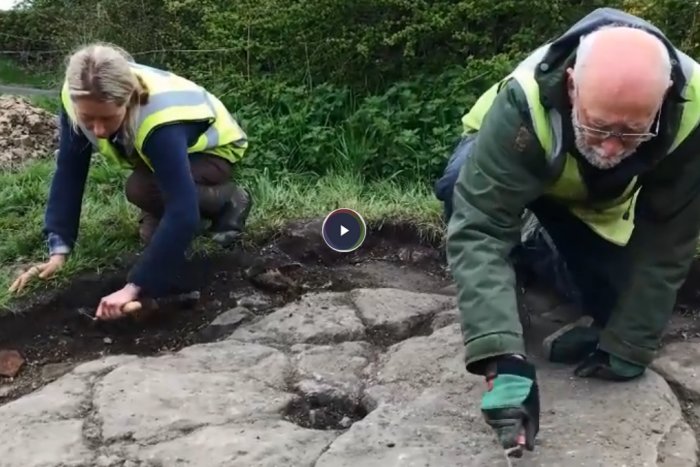
Coring, geophysics, metal detecting, drone surveys and archaeological excavation techniques helped add some key pieces to the historical jigsaw. Image credit: falkirkherald.co.uk
Among the discoveries, there are the foundations of mill buildings next to the channel, old millstone reused as part of a paved surface, a corn-drying kiln, a sea wall and posts of an old wooden pier.
It is believed that the flagship of King James IV’s navy, the Great Michael, was allegedly the largest vessel on the continent when launched in 1511 and was docked at the site several times for repair work. The second ship of the Navy, the Margaret, named after King James’ queen, Margaret Tudor, was about the size of the Mary Rose.
Both ships are thought to have sailed into the docks before setting off to the Battle of Flodden in 1513, which is considered the largest battle fought between the Kingdom of England and the Kingdom of Scotland. It was fought on 9 September 1513, between an invading Scots army under King James IV (who was killed in this battle) and an English army commanded by the Earl of Surrey.
“The objective was to investigate the history and archaeology of the site of Higgins Neuk and see if we could find the lost dockyard of James IV, built in the early 1500s for fitting out and maintaining the ships of his Royal Navy during his wars with Henry VIII,” Elinor Graham, University of St Andrew’s and SCAPE Trust archaeologist, said.
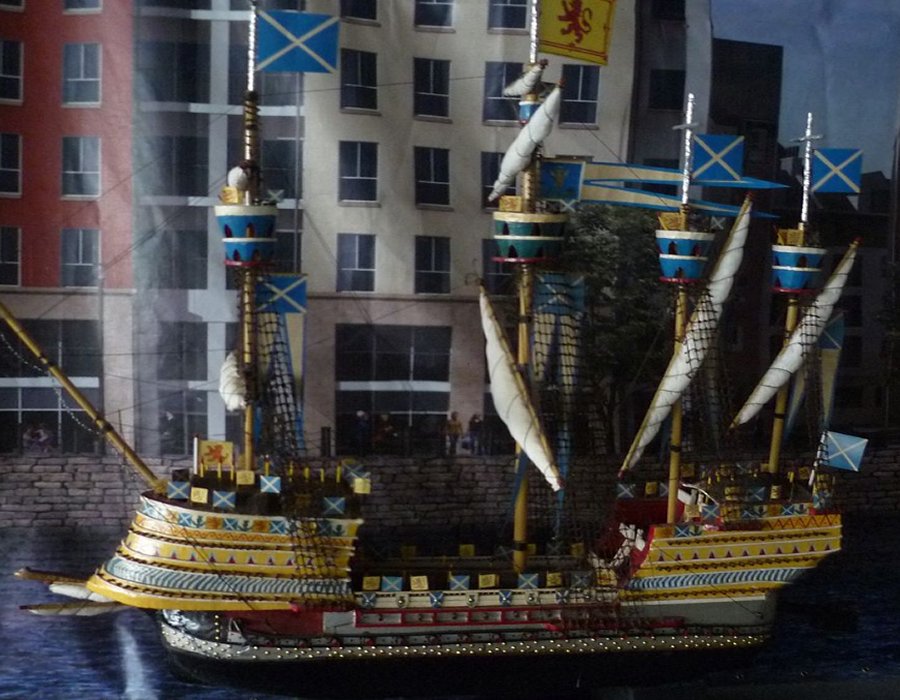
The flagship of King James IV’s navy, the Great Michael, was allegedly the largest vessel on the continent when launched in 1511 and was docked at the site several times for repair work. Image credit: Kim Traynor/wikipedia
She also informed that the team found “the edge of the old channel which at its bottom has waterlogged layers which were full of pieces of wood offcuts, which were preserved by the wet conditions. Someone was doing a lot of wood working — maybe boat-building — here.”
“Although it’s impossible to say for now whether this dates to the right period for James’ docks, we’ve submitted samples of the wood for radiocarbon dating. “We also had a coin from the stone pier, which will need to be looked at by experts but which might give us a date for its construction too.”
The team has confirmed it will return to the site if dating results provide evidence that boat-building took place there during the 1500s.
It's worth noting that the village of Airth has long association with the River Forth and it was on the banks of the river that a royal dockyard was created. The dockyard was used during the years 1507-1513 in the reign of James IV to build war ships.
AncientPages.com



